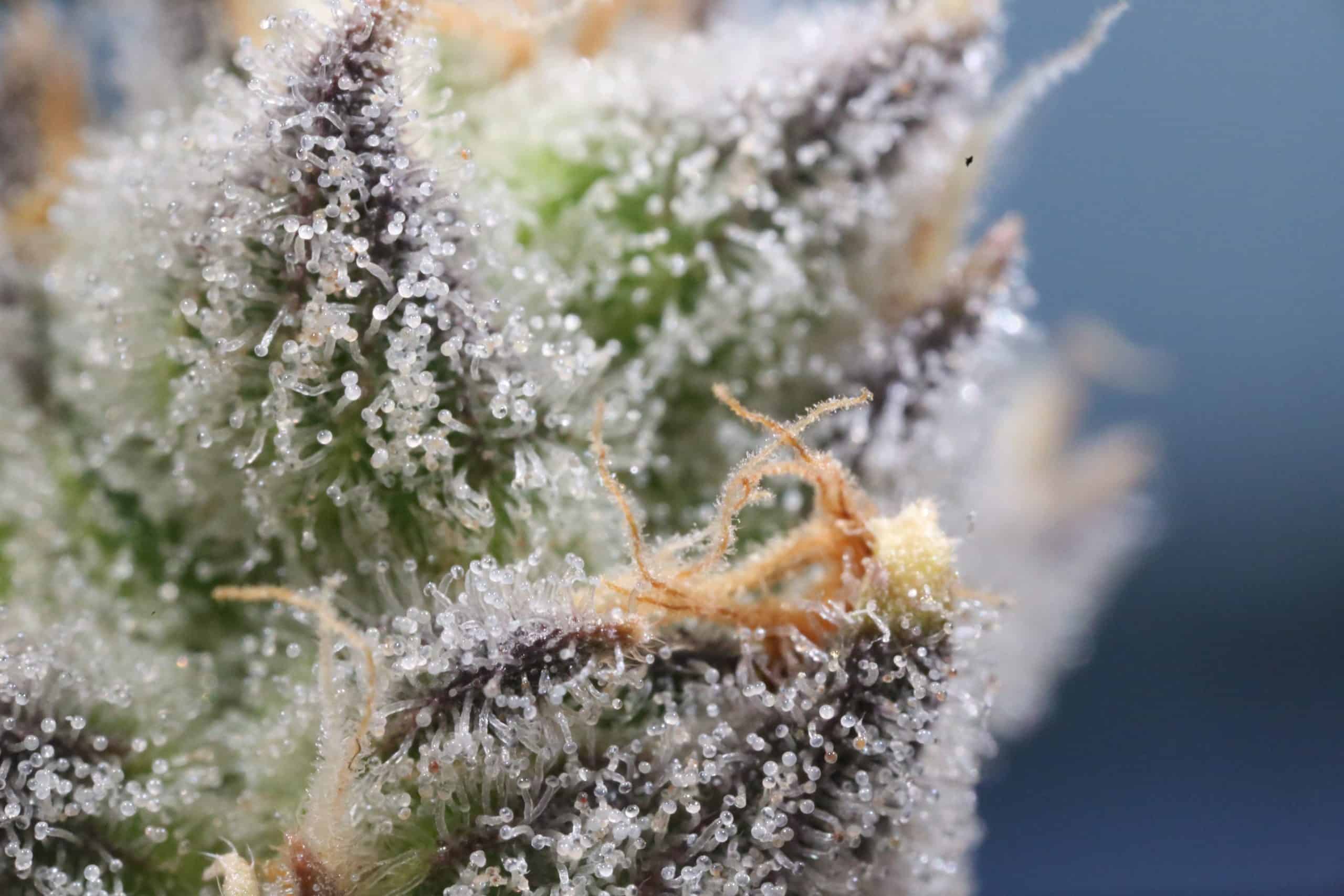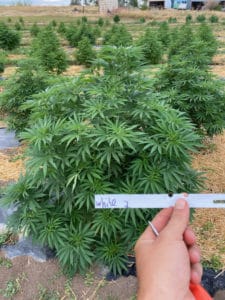There are many different types of cannabinoids found in cannabis and hemp plants.
These compounds interact with our endocannabinoid system and can provide relief from a variety of medical conditions, including chronic pain and anxiety.
The most popular cannabinoids include THC and CBD, but there is one compound that has been getting more attention lately: minor cannabinoids!
What Are Minor Cannabinoids?
Minor cannabinoids are naturally occurring compounds found in the cannabis plant such as CBG, CBN, CBC, and so on. They have similar effects to other major cannabinoids like THC or CBD on your body’s endocannabinoid system (ECS), but they work differently than these two well-known substances. This means that while some minor cannabinoid products may have psychoactive effects, they don’t cause a “high.”
Top 5 Minor Cannabinoids
There are numerous minor cannabinoids out there, but these five have been getting the most attention lately!
- Cannabigerol (CBG) – This cannabinoid is one of over 100 compounds in cannabis that belong to a class known as cannabinoids. Like THC and CBD, CBG plays with our endocannabinoid system by activating two types of cannabinoid receptors: CB1 and CB2. CBG is a popular chemical as it has a role in cannabinoid metabolism and is currently being studied due to its important function.
- Cannabinol (CBN) – CBN is a minor cannabinoid derivate that forms when THC or CBD degrades. This compound can be found in cannabis throughout the flowering period, but levels tend to increase as the flower ages and during storage. CBN has been known to have powerful sedative effects on patients who are looking for an alternative treatment option for insomnia or anxiety.
- Cannabichromene (CBC) – This is another type of cannabinoid that works with the ECS to produce a variety of health benefits. It has been linked to anti-inflammatory, antimicrobial, antifungal, analgesic, antidepressant effects!
- Cannabidivarin (CBDV) – CBDV is a cannabinoid that doesn’t get as much attention compared to other minor cannabinoids. However, it has been shown to have analgesic and anti-epileptic effects!
- Cannabidiol acid (CBDA) – This is the precursor to CBD, which eventually breaks down into this cannabinoid. CBDA has been linked to anti-inflammatory effects and may help reduce nausea!
Where Do Minor Cannabinoids Come From?
There are many different strains of cannabis plants, and each one has a unique cannabinoid profile. In other words: some strains contain more THC than others while others have relatively high concentrations of minor cannabinoids like CBG.
In the last years, many hemp breeders have started to breed plants with high concentrations of minor cannabinoids, leading to products like CBG or CBC-rich hemp oil.
Why Are Minor Cannabinoids Important?
Minor cannabinoids may be more beneficial for specific conditions than major cannabinoids like THC and CBD! While more research is needed in this area, there may be a number of reasons for this. For example, CBG seems to have a stronger effect on cannabinoid receptors than THC. In other words: it may be more effective as an anti-inflammatory or pain reliever because of its ability to bind with cannabinoid receptors in the brain and nervous system.
In addition, there is evidence that minor cannabinoids can help your ECS work better over time. According to cannabinoid researcher Ethan Russo, minor cannabinoids can act as “modulators” for the ECS. This means that they regulate how other cannabinoid compounds work in your body.
For example, CBG has been shown to reduce inflammation and may even help inhibit tumor growth! Because of this, it is thought that using products with higher concentrations of CBG may be particularly useful for those with autoimmune disorders or cancer.
What Are Minor Cannabinoids Used For?
Due to the limited scientific research, minor cannabinoids are still relatively new. However, there may be a number of potential uses for these compounds.
- Pain Relief – There is some evidence that CBG can be used to reduce pain. A study done on mice found that the cannabinoid reduced inflammatory responses, which may help people with arthritis or other autoimmune disorders!
- Anti-inflammatory – As mentioned above, there are numerous studies showing the effectiveness of using cannabis for its anti-inflammatory properties.
- Antidepressant – CBC has been shown to help with depression and mood disorders.
- Anti-Epileptic – There are many anecdotal reports of people using products with higher concentrations of CBC to help reduce their epileptic seizures. However, there is currently very little clinical research on this topic outside of the petri dish. More studies are needed!
- Sleep Aid – Many users report having success using CBD to help with sleep. However, there are also a number of people who find that CBD makes them feel more awake or “jittery.” If you fall into this category and struggle to get restful sleep at night, try using products high in CBN instead!
- Nausea – According to some users, minor cannabinoids like THCA may help reduce nausea.
Unfortunately, much like with major cannabinoids, there is currently very little research on the potential therapeutic uses of minor cannabinoids! More studies are needed to determine their effects and benefits in humans. However, many people report anecdotally that using products high in specific minor cannabinoids can help them significantly improve symptoms related to pain relief, inflammation, and sleep.
In Conclusion…
Minor cannabinoids are not as well-known or widely used in the cannabis community. However, they may be extremely important for specific medical conditions and symptoms!
It’s likely that we will see a rise in the popularity of minor cannabinoids as CBD-rich products become more widespread.
As time goes on and legalization spreads to new states (and possibly even countries), it’s likely we’ll see many consumers start to take advantage of these cannabinoids! We could potentially even begin seeing them in products like CBD oils or edibles. Keep an eye out for these lesser-known cannabinoids!


